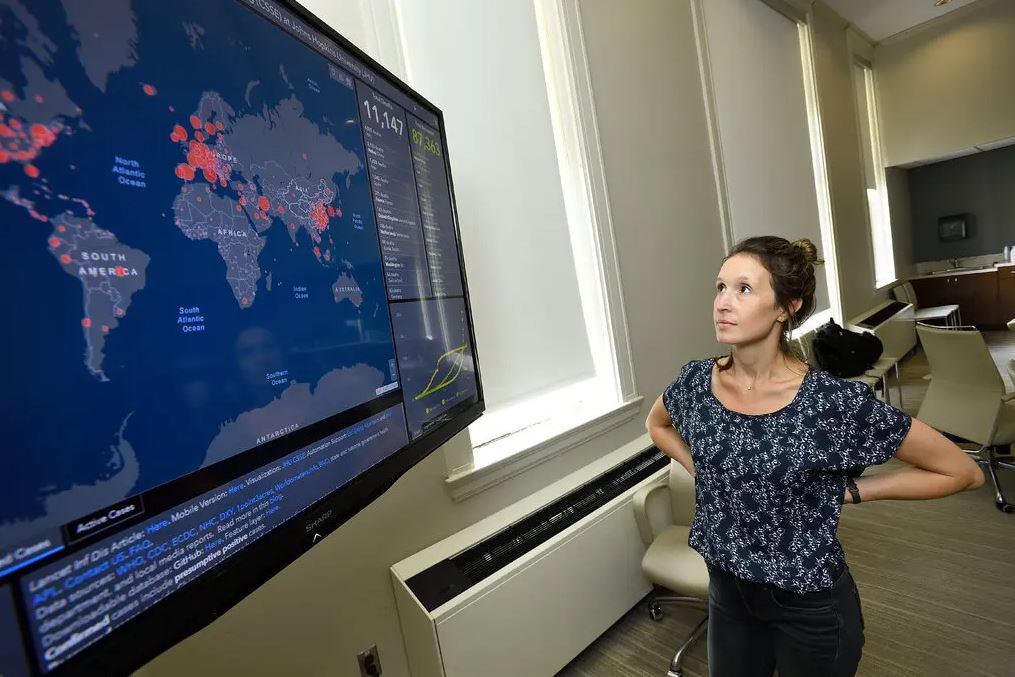It was a surprising discovery: tiny chunks of an unborn baby’s DNA were discovered floating through the circulation of its mother. These pieces of DNA were not located within the cells of the mother, which is where genetic material is typically found, but rather outside of the cells.
However, when a researcher in Hong Kong by the name of Dr. Yuk Ming Dennis Lo revealed the result in 1997, it was treated with somewhat of a shrug. After Dr. Lo’s team licenced the foetal DNA detection technique to a British business, he added, the company turned around and handed the licence back because industry experts were so uninterested.
After a period of twenty years, there is no longer any question about the relevance of the method. In the end, Dr. Lo was instrumental in developing a noninvasive prenatal test for Down syndrome. This test has been used tens of millions of times and is used in more than 60 countries.
His work was honoured with a Lasker Award on Wednesday, which is considered to be one of the most prestigious accolades in the field of medicine. The award comes with a cash incentive of $250,000 and has a history of being given out before the Nobel Prize. In the domain of clinical medical research, Dr. Lo came out on top.
In 1997, soon after Dr. Lo had returned to Hong Kong, his hometown, from Britain, where he had completed his doctoral studies, he published his hallmark finding. At the time, he was working as a professor at the Chinese University of Hong Kong. It was only a few months before Hong Kong would be returned to China, and as a consequence of the flight of experts from the city, desirable university opportunities had become available for young scientists like him.
Finding foetal DNA in the mother’s plasma was a challenge even after extensive research. Dr. Lo was looking for a method to identify the presence of the extra copy of chromosome 21 that is associated with Down syndrome. In the tests, separating the DNA of the mother and the infant did not function as well as it should have. Instead, in the year 2008, Dr. Lo came up with a method in which he examined a sizable sample of DNA fragments randomly taken from the mother’s plasma and assessed whether or not those from chromosome 21 were very slightly higher.
Professor of civil and systems engineering at Johns Hopkins University Lauren Gardner was presented with the public service award for her leadership role in the development of a Covid-19 dashboard, which, in her opinion, continues to provide the most comprehensive and up-to-date picture possible of the pandemic.
After just a few short weeks, the dashboard was getting tens of millions of page visits and more than 4.5 billion requests for data each and every day. Because public health organisations such as the World Health Organization and the Centers for Disease Control and Prevention do not provide case data that is similarly rapid or comprehensive, the university dashboard has become a go-to source for policymakers, scientists, and ordinary citizens alike.
According to Dr. Gardner, the fact that the dashboard is managed by a university rather than the government is where part of its strength comes from. This function came in handy at times in 2020 when the Trump administration was trying to minimise the number of cases that were being investigated. However, she said that ultimately what they were doing was filling a gap in the public data that the government ought to have been addressing.
According to Dr. Gardner, the future of the dashboard may be determined more by the loss of high-quality data than by the course of the pandemic itself. This is due to the fact that governments are decreasing their spending in discovering and reporting Covid cases.
She did, however, express the optimism that public demand for easily available health data would survive the dashboard, even if there were significant obstacles such as a lack of financing and an absence of national guidelines for how infectious disease occurrences should be reported.
The Albert and Mary Lasker Award for Basic Medical Research was given to three researchers for their work describing how cells link to the networks of proteins and other molecules that surround them. These results opened the way toward potential therapies for a variety of different disorders.

